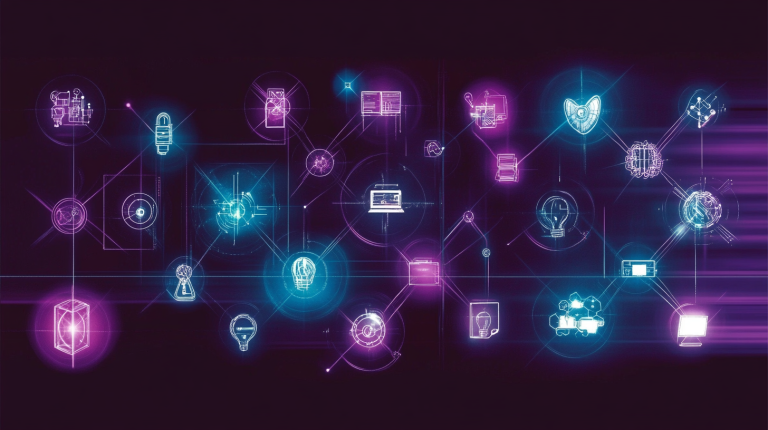Exploring 5 Key Use Cases of Retrieval-Augmented Generation (RAG)

Exploring Retrieval-Augmented Generation (RAG) in AI: Use Cases and Applications
Retrieval-Augmented Generation (RAG) is revolutionizing AI applications across various industries, enhancing the capabilities of large language models by integrating real-time data retrieval. This innovative approach is leveraged to improve customer support, healthcare services, legal operations, and research and development processes, offering more accurate and contextually relevant AI-generated responses.
Twilio and Algo in Customer Support.
Twilio AI Assistants leverage RAG to provide customer-aware interactions, dynamically retrieving relevant data during customer engagements to improve response accuracy and contextual relevance. Similarly, Algo Communications has implemented RAG to enhance customer service training, embedding proprietary data into LLM prompts to ensure accurate and contextually appropriate responses. These implementations demonstrate RAG’s potential to significantly improve customer support efficiency and effectiveness by combining the power of large language models with real-time data retrieval.
iMerit and K2view plus RAG in Healthcare.
RAG enhances diagnostic accuracy and personalizes treatment recommendations in the healthcare sector. A US technology company collaborated with iMerit to improve their medical chatbot by integrating a large medical dataset, resulting in more precise medical advice. K2view utilizes RAG to combine real-time patient data with clinical guidelines, supporting personalized treatment plans and medical research by efficiently identifying and summarizing relevant studies. These applications demonstrate RAG’s potential to revolutionize healthcare delivery by providing patients and healthcare professionals with more accurate, context-aware information.
Onna and Epiq use cases in Legal Services.
In the legal sector, Onna employs RAG to streamline workflows by efficiently retrieving and summarizing legal documents, aiding in litigation preparation and compliance audits. This technology enables legal teams to quickly access and leverage past legal advice and case precedents, significantly enhancing efficiency. Epiq, another player in legal services, utilizes RAG to refine document review and compliance processes. Epiq’s implementation provides more accurate legal document retrieval and summarization by defining and limiting search areas, demonstrating RAG’s potential to transform legal operations and decision-making processes.
RAG in Research and Development
Across various scientific and industrial domains, RAG is revolutionizing research and development processes by enhancing information retrieval and content generation capabilities. This technology enables the creation of advanced question-answering systems that can quickly sift through vast amounts of data to provide relevant insights. Additionally, RAG supports content creation and summarization tasks, allowing researchers to synthesize information from multiple sources efficiently. Its versatility makes it valuable for streamlining drug discovery processes, optimizing mathematical problem-solving, and refining educational strategies in STEM fields.
Innovative RAG Applications in Education
The examples of Twilio, Algo, iMerit, K2view, Onna, Epiq, and the educational sector illustrate just how versatile and powerful RAG can be in real-world scenarios. By improving the accuracy, relevance, and context of AI-generated responses, RAG boosts efficiency and effectiveness and paves the way for more intelligent and personalized AI-driven solutions.



